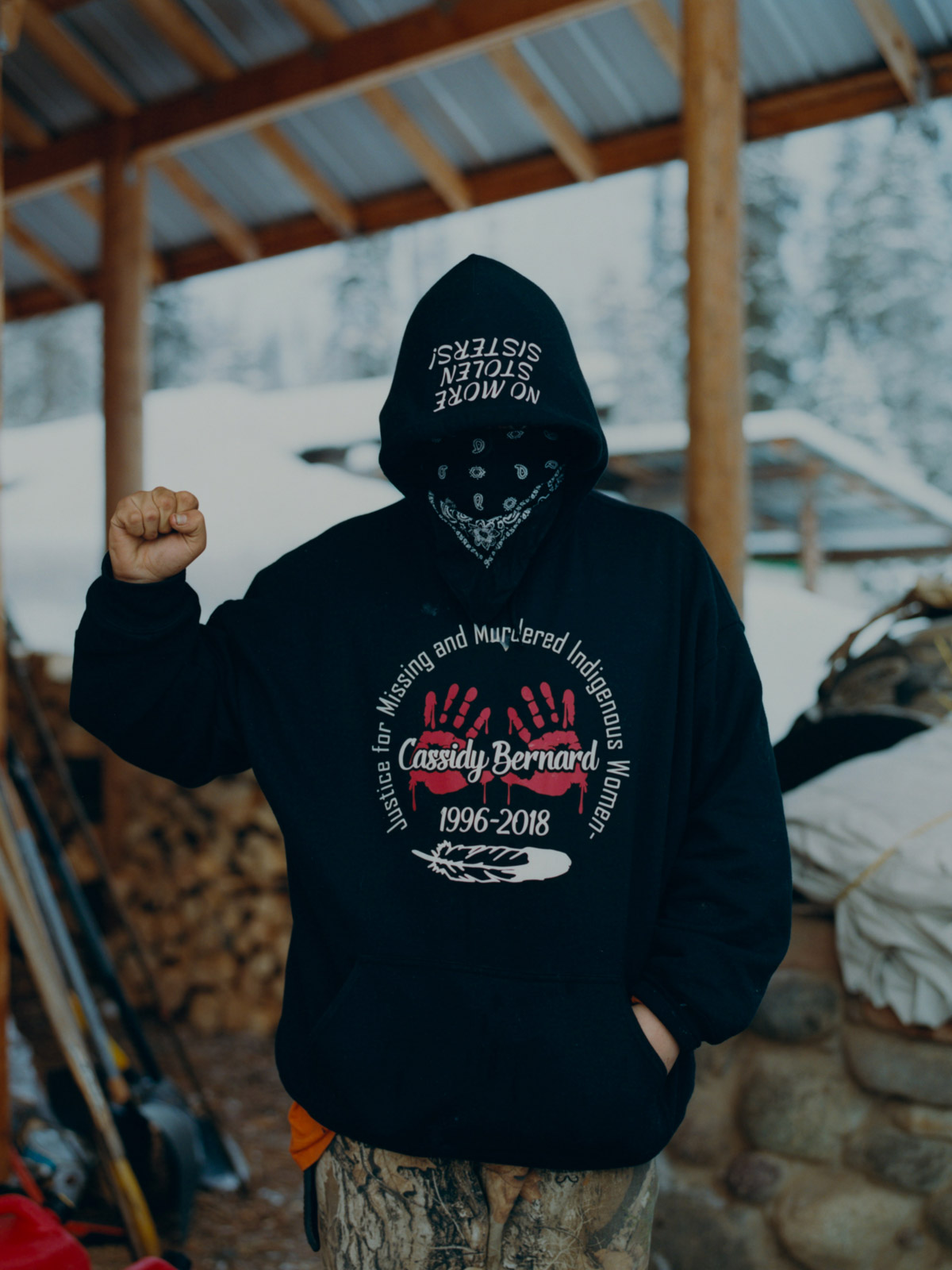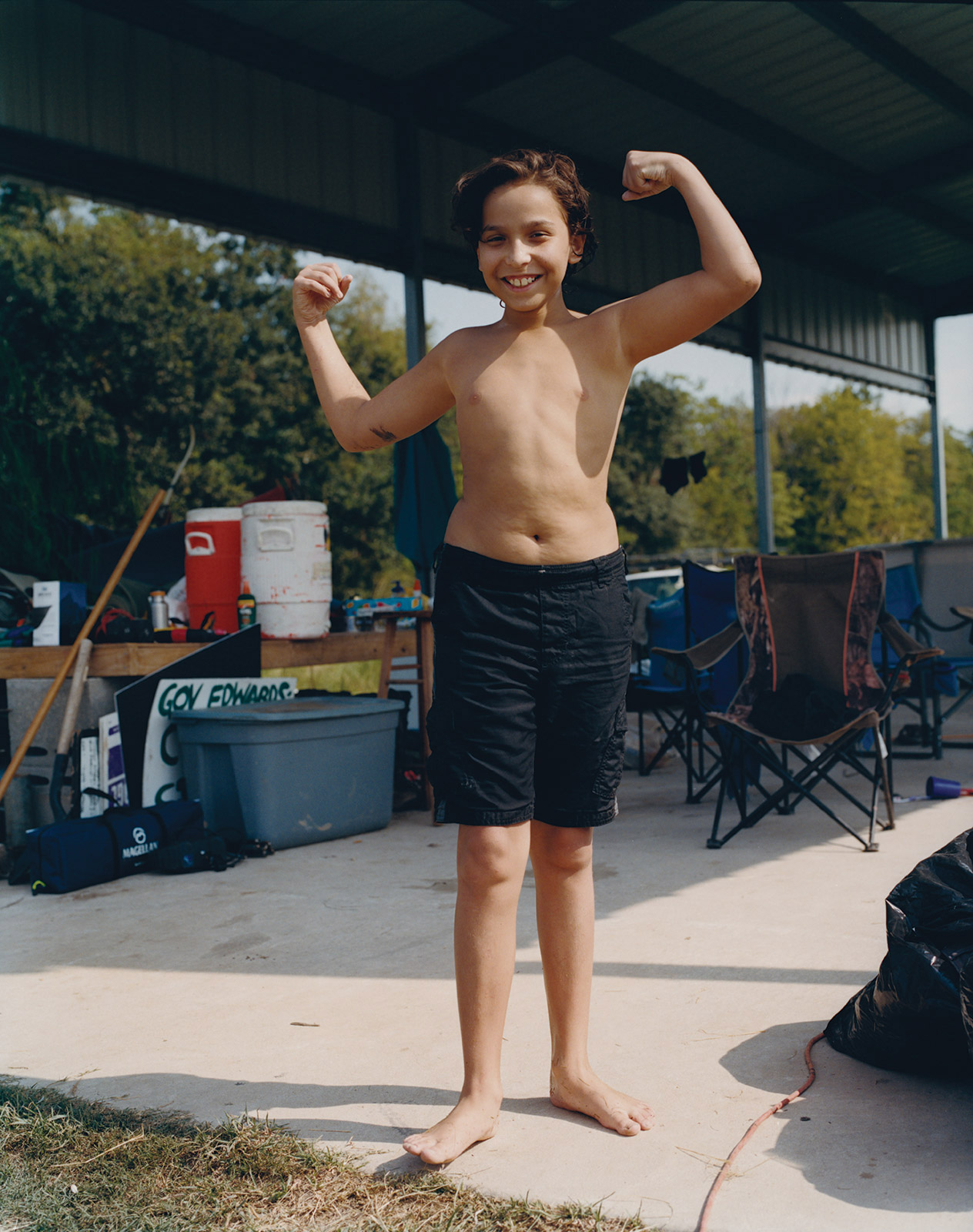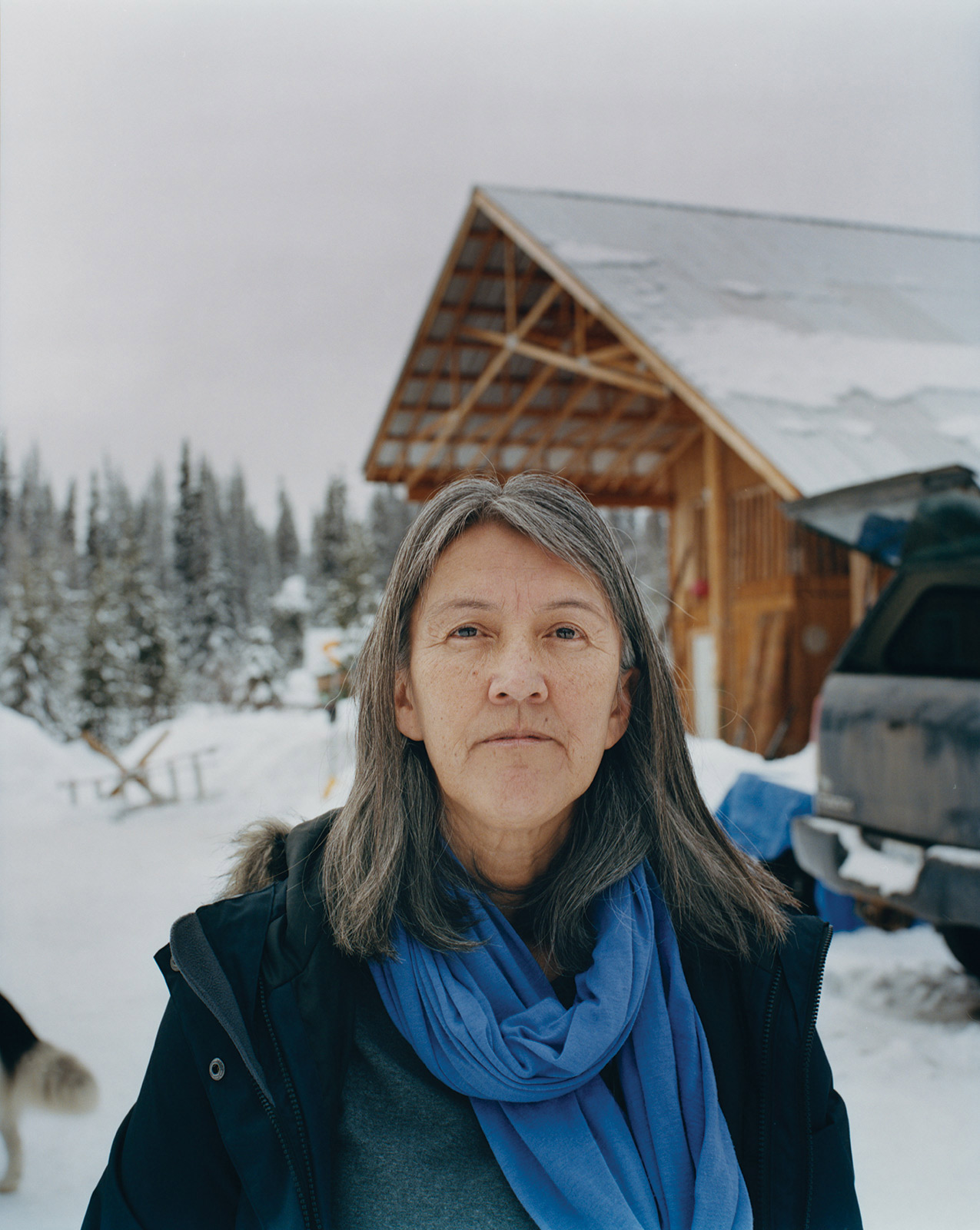Photographer Laurence Ellis documents the fight against rising sea levels and Big Oil in a photo essay for Document S/S 2019.
Since we first apprehended the threat posed by climate change, there has been a tendency to liken the phenomenon to a vast human experiment—“a large-scale geophysical experiment of a kind that could not have happened in the past nor be reproduced in the future,” as the geophysicist Roger Revelle wrote in 1957. The whole planet may participate in the experiment, but southern Louisiana is our most advanced laboratory. It is the site of the planet’s highest rate of sea level rise. It is home to the first climate refugees to be evacuated, by force, from land that no longer can be relied upon to support human life. Disaster scientists from all over the world travel here to study how residents—animal, plant, and human—respond after a natural disaster permanently alters the ecological composition of their land. Scientists come to southern Louisiana to study the future.
Laurence Ellis’s photographs reveal, in hazy blues and vivid greens, the moral shadowland in which Louisiana suspends. The rising seas that each day digest more of the coast are fueled by the combustion of oil and gas, which happens to be the state’s major industry and provides the money that powers its most influential political interest groups. In Houma, a base of offshore drilling, a deeply loyal workforce that has not received its equal share of the industry’s profits pays the costs of sea level rise: cultural atrophy, infrastructure collapse, and growing poverty, which is borne disproportionately by its Native American community. In the swamps of the Atchafalaya Basin, a floating resistance camp, L’eau Est La Vie, protests and disrupts the completion of the Bayou Bridge pipeline—the final segment of the pipeline that begins in the Bakken formation, runs under the Standing Rock Reservation, and would ultimately funnel into tankards in the Mississippi River.
And in New Orleans, homegrown organizations like the St. Bernard Project rebuild flood-damaged houses and prepare impoverished neighborhoods for the inevitable storms to come. Ellis’s photographs are neither hopeful nor despairing but intimate portraits of resilience in the face of tragedies that appear unpreventable. They are portraits, in other words, of the dignity of human will.
A similar confrontation, between overwhelming corporate power and an overwhelming, if underfunded, moral claim, has also drawn Ellis to photograph the Unist’ot’en camp, which so far has successfully prevented construction of a TransCanada gas pipeline through Wet’suwet’en land in northern British Columbia. In the camp, whose leaders are predominantly female, members of various First Nations communities are joined by increasing numbers of activists in a non-violent protest. The camp also serves as a community center, treating victims of sexual violence and addiction. It has adopted the slogan, “Heal the Land. Heal the People.” There can be no healing of the people while the land is sick. And there can be no healing of the land while the people governing it are sick.
If the scientists who come to places like southern Louisiana and northern British Columbia to study ecological transformation are futurists, then Ellis is among a new generation of historians who document places that, before our eyes, acre by acre, are entering an irretrievable past. His photographs ask us to imagine a time, in the not-distant future, when images of eroding state roads connecting marshland communities, home builders and pipeline protestors, and churches raised above the threat of storm surge—postcards of communities on the brink—seem like the remnants of a lost innocence. But if we don’t look at such images now, we won’t reach the maturity level necessary to survive this.







































































